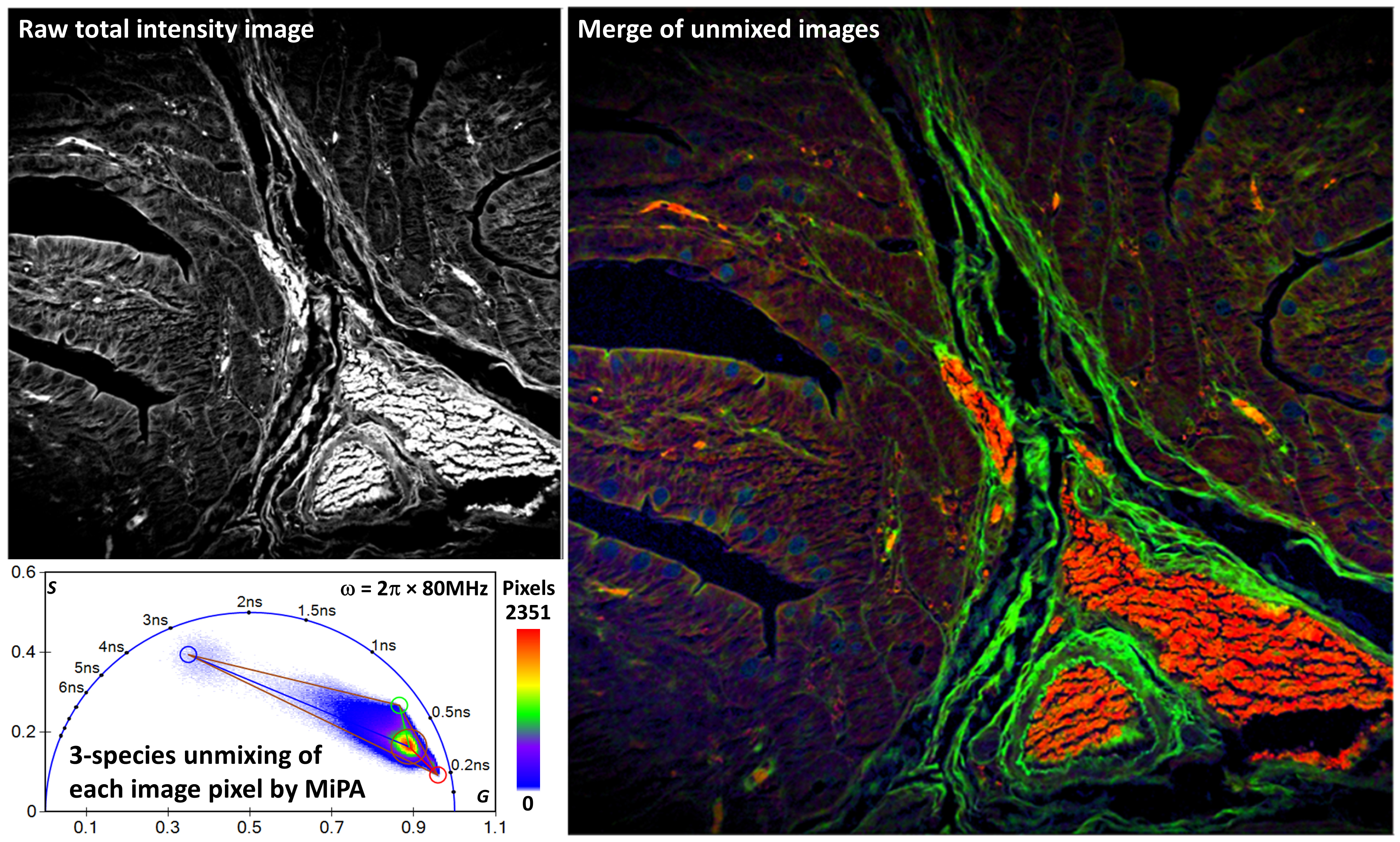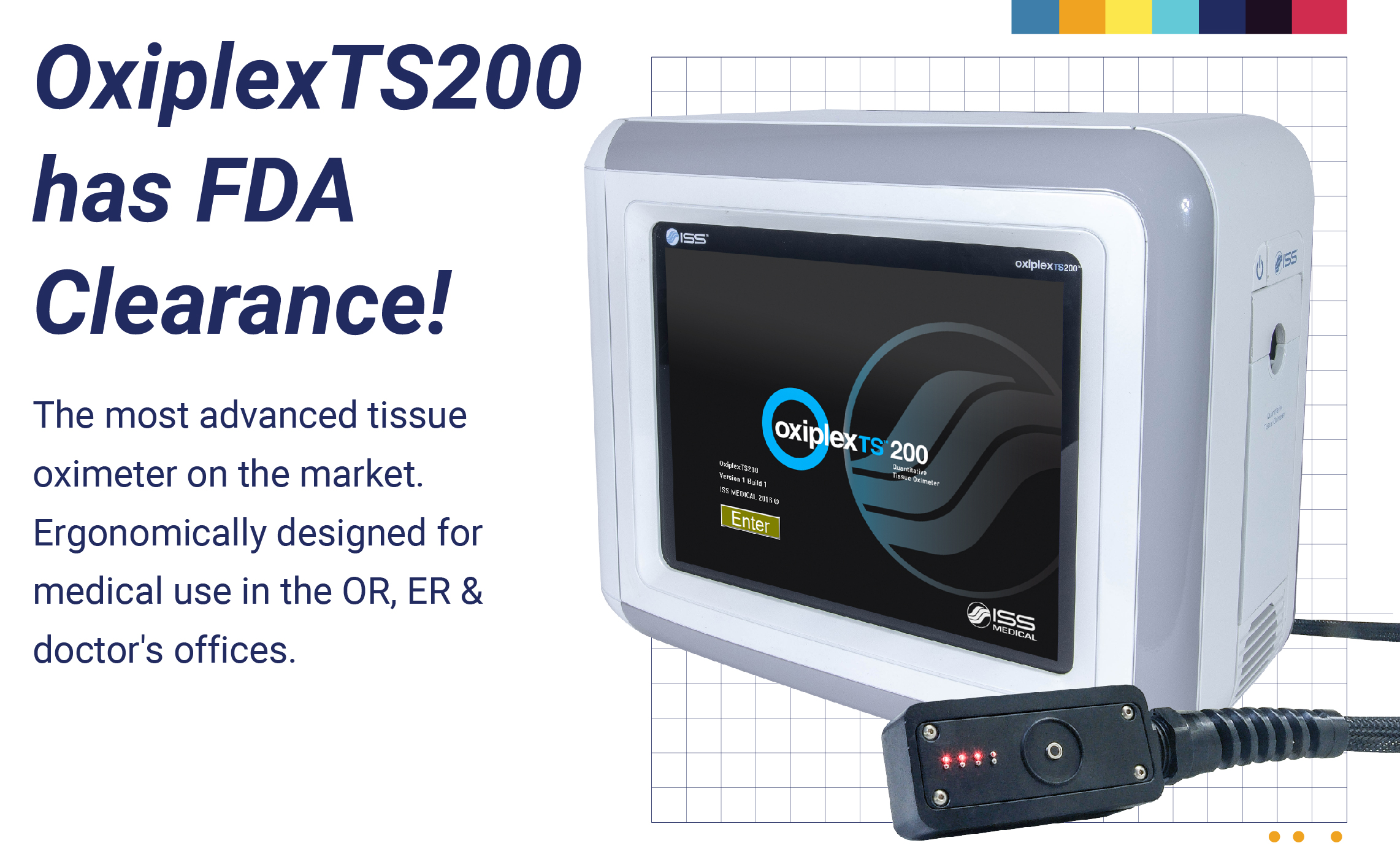NEWS
New device offers more accurate screening for brain injury in neonates
Champaign, Illinois - May 8, 2015 - ISS has introduced MetaOx, an instrument for monitoring the cerebral oxygen metabolism (CMRO2) in infants using non-invasive optical techniques. Developed in collaboration with Prof. Maria Angela Franceschini of the Athinoula A. Martinos Center for Biomedical Imaging at the Massachusetts General Hospital and Prof. Arjun Yodh of the University of Pennsylvania, the instrument combines two advanced optical technologies - frequency-domain near-infrared tissue oximeter (FDNIRS) and diffusion correlation spectroscopy (DCS) – to meet a range of research and clinical needs.
Rapid and accurate assessment of cerebral metabolism at bedside is critical to improving patient management in neonatology. Currently, though, there is no bedside tool that can accurately screen for brain injury, monitor injury evolution or assess response to therapy. MetaOx addresses this by offering a direct measure of cerebral oxygen utilization, which provides higher sensitivity in detecting brain injury and an ability to monitor both normal and abnormal brain development.
ISS also markets an FDNIRS system, the OxiplexTS that is the only non-invasive tissue oximeter capable of determining the absolute concentration of oxy- and deoxy-hemoglobin in tissues. ISS’s collaboration with Profs. Franceschini and Yodh leverages ISS’s experience in FDNIRS and emerging DCS technology. The DCS method was pioneered, introduced and validated by Dr. Yodh as a technique to determine microvascular perfusion in deep tissues. Several prototypes have been built and successfully used in the past few years (see e.g. the papers in the Notes). In collaboration with Profs. Franceschini and Yodh, clinical investigators have combined data from OxiplexTS and locally constructed DCS systems offline to determine cerebral metabolism.
“In the past five years, by using the combined FDNIRS-DCS technology, we have greatly increased our knowledge on the causes and timing of the white matter injury seen in infants with severe congenital heart defects. Consequently we have managed to dramatically reduce the incidence of this injury and hope that this will result in improved school performance in the survivors of early heart surgery.” Dr. Daniel Licht, Professor of Neurology and Pediatrics at the Children’s Hospital in Philadelphia, said during the project presentation at the Athinoula A. Martinos Center for Biomedical Imaging in Boston, Massachusetts.
“Using the combined FDNIRS-DCS technology we have shown increased cerebral oxygen metabolism with acute hypoxic ischemic injury and a reduction in cerebral oxygen metabolism with therapeutic hypothermia. As a result NIH has funded us to explore the potential of this combined technology to rapidly screen for neonatal brain injury and to monitor response to therapeutic hypothermia.” added Dr. Ellen Grant, Associate Professor of Radiology, Harvard Medical School and Director of the Fetal and Neonatal Neuroimaging and Developmental Science Center, Boston Children’s Hospital in Boston, Massachusetts. “By creating a combined system that provides real-time information, MetaOx has made a significant advancement over our current approach. Clinical trials are now feasible.”
Development of the MetaOx technology was funded by an SBIR grant from the Eunice Kennedy Shriver National Institute of Child Health and Human Development at NIH. ISS plans to file an application with the Food and Drug Administration (FDA) seeking approval for the use of MetaOx as a medical device.
Notes:
Buckley, E. M., et al.
Diffuse correlation spectroscopy for measurement of cerebral blood flow: future prospects.
Neurophoton 1, 011009–011009 (2014).
Durduran, T. and Yodh, A.G.
Diffuse correlation spectroscopy for non-invasive, micro-vascular cerebral blood flow measurement.
Neuroimage 85, 51-63 DOI: 10.1016/j.neuroimage.2013.06.017 (2014).



